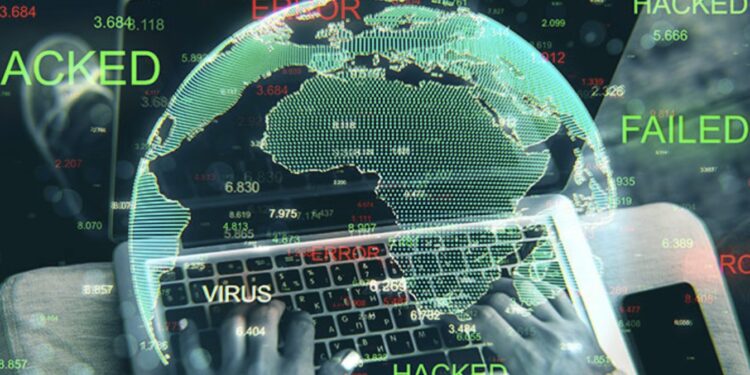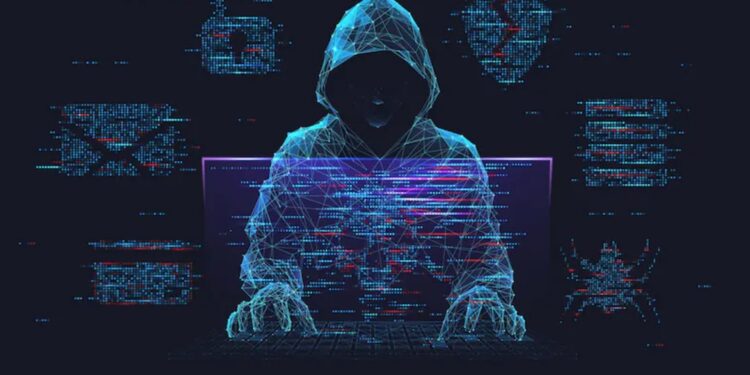The world is at a critical tipping point as rising geopolitical tensions and a flurry of technological advancements converge, only together to produce a new age of cyber-warfare era with powerful AI capabilities.
This powerful mix is not only driving up the number and complexity of cyberattacks, but is also blurring the distinction between traditional conflict and digital assault.
Recent analyses by cybersecurity companies documented a major increase in nation-state cyberoperations connected to conflicts. For example, the Russia-Ukraine conflict has resulted in a disturbing surge in Distributed Denial of Service (DDoS) attacks, with Ukraine suffering a 519% jump in DDoS attacks between the first half of 2024 and the year prior.
Further a field, rivalries in the Middle East have inspired outfits such as CyberAv3ngers, thought to be linked to the Iranian military, to hit the critical infrastructure of adversaries, typically using AI to gain a better understanding – and a better chance of success – against that target before attacking.
In this increasingly dynamic landscape, AI is acting as both a blessing and a curse. Offensively, AI provides the adversary with capabilities never before seen. Generative AI can excrete incredibly believable deepfakes and specially designed phishing attacks to weaponize social engineering, making campaigns more effective and more difficult to spot.
This malware uses artificial intelligence and has actually learned and mutated in-flight in real-time to avoid traditional signature based detection. AI-powered autonomous cyber weapons are capable of scanning, finding vulnerabilities, and infiltrating networks with relatively low human interaction, enabling cyber attacks to be executed much faster and at much greater scale.
Even though AI presents some crucial defense technologies, and AI based security platforms aren’t effectively fighting back at the offensive AI tools. Most organizations understand the threat, but fail to see what types of barriers they need to create, or worse, they don’t have the capacity to create these buffers. This disconnection makes a huge vulnerability, especially for small companies, that tend to be connected as smaller nodes in big supply chains.
The cloak of cyberspace also makes things more complicated, as it is difficult to attribute attacks. This ambiguity can serve to escalate the situation and generate miscalculations as we see that it is difficult to attribute responsibility to actors and to respond in a way that is not excessive. As it happens, more and more infrastructure, whether it be water systems or energy grids, invigorate the toll of these attacks, both on the economy and society.
What lies ahead will require an international response. Collaboration, information exchange, as well as clear ethical guidelines for cyber related combat are imperative. Countries need to invest in sophisticated cyber defenses, place strategic importance on cyber resilience and develop a competent cybersecurity workforce that can utilize AI for defensive purposes.
Without taking a proactive, cooperative course, a merger of geopolitical tensions and AI bodes a future in which conflict in cyberspace looms larger and more destructive than our current default in international politics.
















